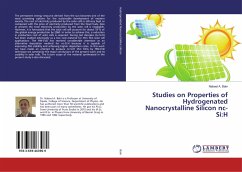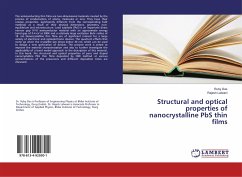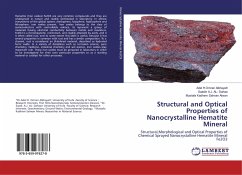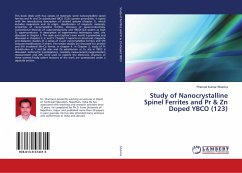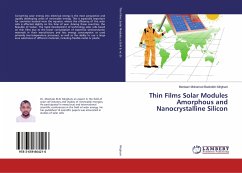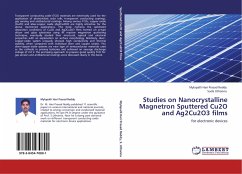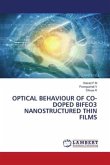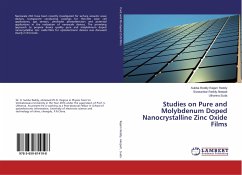The permanent energy resource derived from the sun becomes one of the most promising options for the sustainable development of modern society. The cost of electricity produced by the solar cells is still very high as compared with the price of electricity produced from the fossil fuels. Also at present the total electricity production by the solar cell is negligible. However, it is forecasted that the solar cell will account for about 18 % of the global energy production by 2060. In order to achieve this, a reduction in production cost of solar cells is required. During last decades (nc-Si:H) has been studied extensively as a low cost material for thin film solar cell applications. The HW-CVD has received considerable attention as an alternative deposition method for nc-Si:H because it is capable of improving film stability and achieving higher deposition rates. In this work we have made an attempt to prepare nc-Si:H thin films by HW-CVD technique.we summarize the major conclusions of the present work and its usability in solar cells. The future scope of the material synthesized in the present study is also discussed.
Bitte wählen Sie Ihr Anliegen aus.
Rechnungen
Retourenschein anfordern
Bestellstatus
Storno

